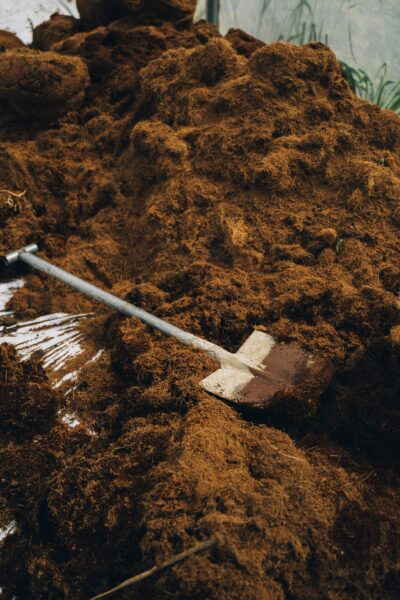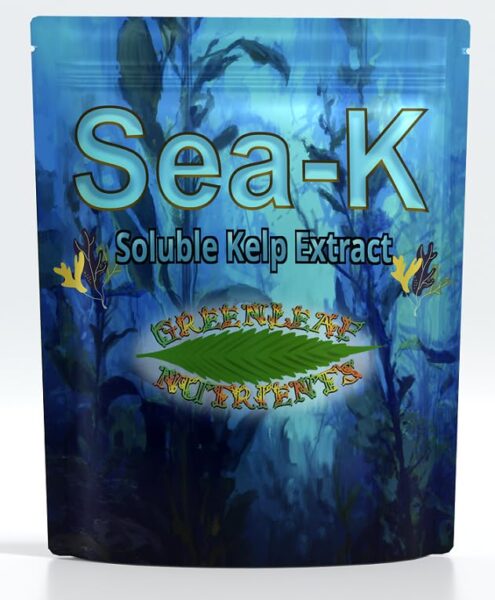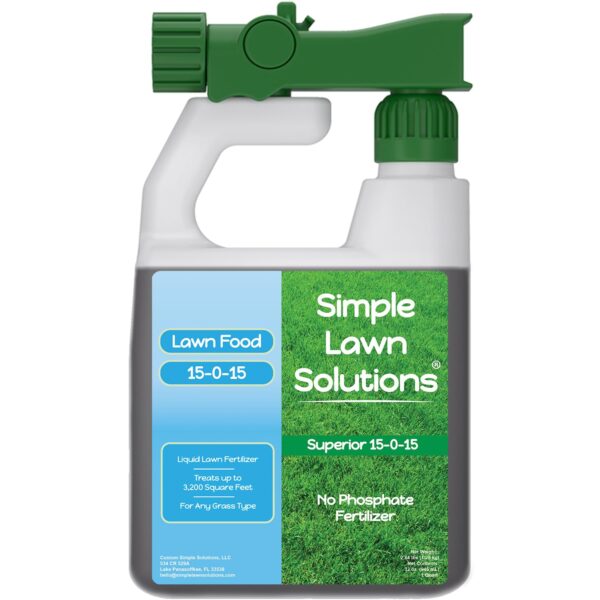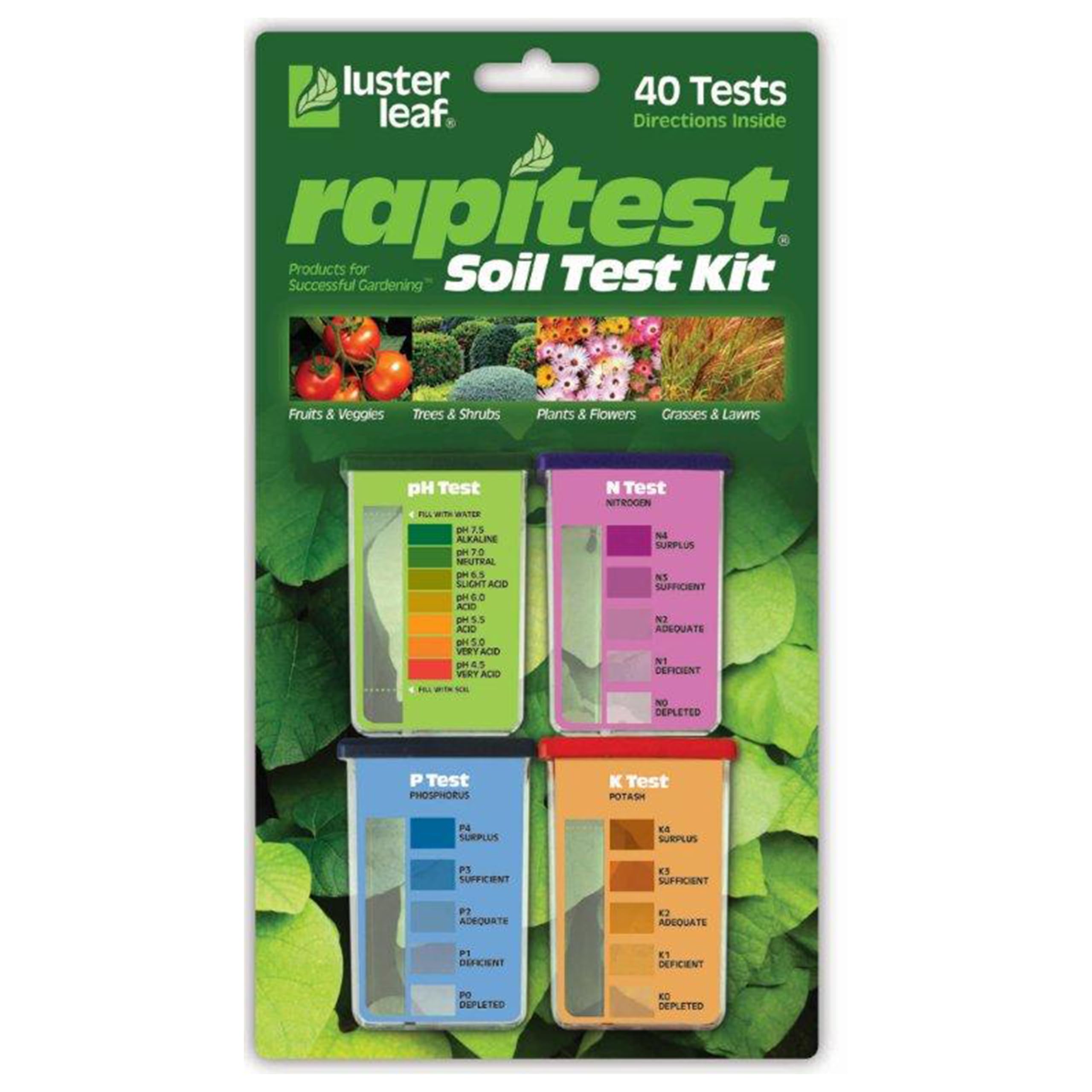
Radishes are the quick-growing champs of the vegetable world—you sow the seeds and, just a few weeks later, they’re ready to harvest. But nothing feels more frustrating than pulling up your prized root veggies to find them disappointingly tiny. If your radishes are more like marbles than the plump, crisp bulbs you imagined, here’s what may be going wrong and how to turn things around for your next planting. For more general information about radishes, including their origin and characteristics, visit here.

Radishes love loose, well-aerated soil. If the soil in your garden is compacted or heavy, it hinders the roots from expanding, leaving you with stunted radishes. On the flip side, overly loose or sandy soil might not provide enough stability for healthy growth. For detailed guidance on growing radishes, check out this resource.
The Fix: Work some organic compost or sand into your soil to improve aeration and drainage. Aim for a depth of about 8 inches (20 cm), ensuring your radishes have the space and nutrients to thrive.
Radishes are small, but they hate being cramped. When you plant seeds too close together, the roots compete for space, resulting in smaller, weaker bulbs. If you're dealing with long and thin radishes instead, you might find useful information on potential causes and solutions here.
The Fix: After your radish seeds germinate, thin them out so each plant is spaced about 2 inches (5 cm) apart. This gives each root plenty of room to grow to its full potential.

If you’ve been overenthusiastic with your fertilizer, especially ones rich in nitrogen, you might notice lush greens above ground but very little happening underground. Nitrogen encourages leafy growth, often at the expense of root development.
The Fix: Choose a balanced fertilizer or one that’s lower in nitrogen. Compost can be a fantastic, all-natural supplement if your soil is nutrient-poor.
Radishes need consistent moisture to grow properly. If they’re left too dry, they’ll focus their energy on survival rather than bulb formation. On the other hand, waterlogged soil can drown the roots or encourage disease.
The Fix: Keep the soil evenly moist but not soaking wet. Water regularly, especially during a dry spell, to ensure a steady supply of hydration for your radishes.
Radishes are cool-season crops, and they’ll struggle when exposed to temperatures over 80°F (26°C). Heat can cause them to bolt, shifting their energy toward flowering and seed production instead of forming plump roots.
The Fix: Plan your planting timing wisely. Aim to sow your radishes as soon as the soil is workable in spring or during the cooler days of early autumn. Avoid planting in mid-summer when conditions are too hot.
| Problem | How It Affects Radishes | Solution |
|---|---|---|
| Compacted Soil | Roots can’t expand | Loosen soil with compost or sand |
| Overcrowding | Competes for space | Thin seedlings to 2-inch spacing |
| Excess Nitrogen | Promotes leafy tops, no bulbs | Use balanced, low-nitrogen fertilizer |
| Inconsistent Watering | Stunted root growth | Maintain even soil moisture |
| High Temperatures | Bolting instead of bulb growth | Sow in spring or early autumn |
The secret to perfect radishes? A little attention to soil, space, and timing goes a long way. Adjust these factors, and you’ll be pulling up full-sized, crunchy radishes in no time. What’s been your biggest challenge in growing radishes? Share your tips—or vent your frustration—in the comments below! Let’s troubleshoot together.

Seaweed Fertilizer Supplement is a concentrated nutrient solution designed to enhance plant growth and health. Made from organic seaweed extracts, it provides a rich source of essential micronutrients, vitamins, and minerals that support root development, improve soil structure, and boost plant resilience against stress and diseases. Ideal for vegetables, flowers, lawns, and shrubs, this supplement can be used in both soil and hydroponic systems, ensuring vigorous growth and lush greenery with regular application.

Superior Nitrogen 15-0-15 Lawn Fertilizer provides a balanced and powerful nutrient boost for your lawn, featuring a formula with 15% nitrogen and 15% potassium. Designed to promote strong root development and lush, green grass growth, this fertilizer is ideal for maintaining vibrant and healthy lawns. Its zero phosphorous content makes it environmentally friendly and compliant with regulations in phosphorus-free zones. Suitable for both residential and commercial use, Superior Nitrogen Fertilizer helps ensure your lawn remains thick and resilient throughout the growing season.

The Luster Leaf 1601 Rapitest Phosphorous Test Kit is a reliable and easy-to-use tool for measuring phosphorous levels in soil. Ideal for gardeners and farmers, it provides quick results to help ensure the health and productivity of plants. The kit includes all necessary components for testing and detailed instructions, making it straightforward even for beginners to assess the nutrient content of their soil and make informed decisions about fertilization.
If you’re keen on growing hefty, delicious radishes that would make any gardener proud, don't hesitate to reach out and share your gardening wins or woes with us. We adore connecting with fellow plant enthusiasts and sharing tips or even just admiring your progress. For more exciting ideas and inspiration, feel free to drop by our Pinterest for fresh pins on garden setups, or see what’s blooming on our Instagram. Chat with us on X (formerly Twitter) and catch up on the latest gardening chatter. We’d love for you to be part of our growing community on Facebook as well. Happy planting, and may your radishes grow as big and bold as your gardening dreams!
To encourage radishes to grow larger, avoid compacted soil and overcrowding, which can lead to long and slender growth. Provide loose soil and ensure adequate spacing by thinning plants to maintain several inches between each radish.
Radishes may be undersized if they are planted too closely together and not thinned properly, which restricts space for root development. Excess nitrogen and insufficient phosphorus in the soil can also shift growth towards leaves instead of roots. Additionally, radishes thrive in cooler or partially shaded environments, and high temperatures may hinder their growth.
Excessive top growth with little bulb formation is often due to excessive shade, overcrowded planting, or soil enriched with too much nitrogen and insufficient potassium. To promote bulb development, maintain low nitrogen levels and ensure high potassium availability in the soil, as this supports root growth.
Observe where the green foliage emerges from the soil. The upper part of the radish should be visible, protruding slightly from the ground. If the visible portion reaches the expected size for its variety, it's likely time to harvest.
